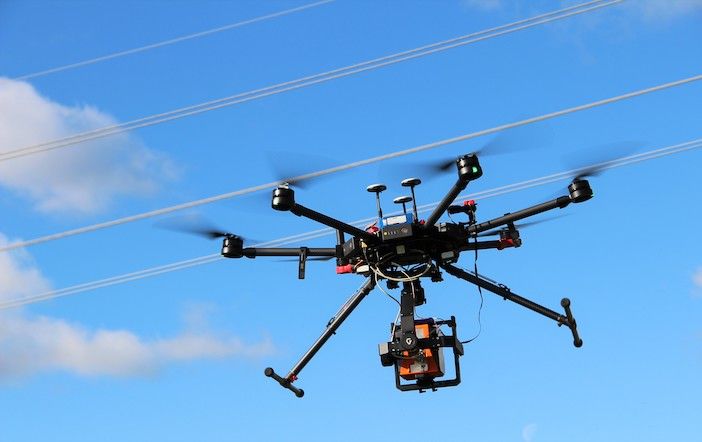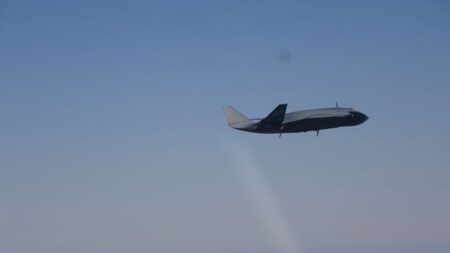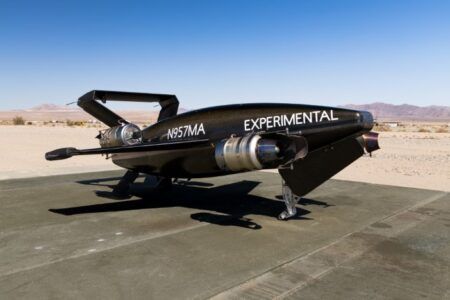The European Union Aviation Safety Agency has issued guidelines for the noise levels of drones, the first time such guidelines have been issued anywhere in the world.
The guidelines aim to harmonize procedures that measure the noise of drones below 600kg (1,300 lbs) and aim to create a uniform level of protection from drone noise in the EU. They cover multicopter and fixed-wing drones as well as helicopters and powered-lift aircraft. They are to be used on a voluntary basis and are not certification requirements for drones.
The guidelines are for drones in European Union Aviation Safety Agency’s (EASA) specific category – drones that are used in low and medium-risk operations for which authorization has to be obtained from the appropriate national aviation authority. This could be activities such as package deliveries, powerline inspections, bird control, mapping services, aerial surveillance or roof inspections.
Rachel Daeschler, EASA’s certification director said, “These new types of aircraft will be used in a wide variety of locations and introduce unfamiliar sounds which vary with the diversity of design.
“EASA recognizes that noise is a concern for many European citizens. These guidelines aim to offer a consistent measurement method and will help set expectations for manufacturers, national aviation authorities and other relevant authorities.”
As one example, national aviation authorities could use the guidelines as a basis for requesting operators to use drones with reduced noise emissions when operating in sensitive environments such as natural parks or in populated areas.
EASA also wants the guidelines to be adopted by drone manufacturers, operators and noise measurement organizations to establish noise levels associated with particular designs and operations. It is recommending that noise are reported to EASA, which wants to build an online public drone noise repository operators and authorities can refer to.
The proposed procedures are the outcome of several years of drone noise studies conducted by EASA, taking into consideration the technical aspects as well as human perception of drone noise, otherwise known as psychoacoustics.
The guidelines are designed to provide repeatable and accurate noise measurements, and to allow for a fair comparison between various drone designs.
The proposed guidelines are open to public consultation until January 13, 2023. Comments can be submitted through the Comment Response Tool.





